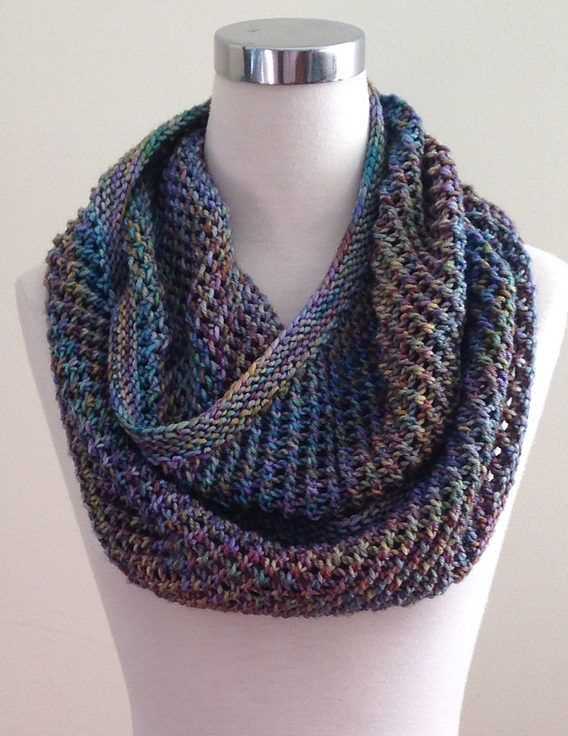
If you are a fan of knitting and looking for a new project to work on, look no further than this simple knitted cowl pattern. Cowl is not only a fashionable accessory, but it also keeps you warm and cozy during the colder months. The best part is that this pattern is completely free and easy to make, so even if you are a beginner knitter, you can give it a try.
This pattern features a basic yet beautiful design that can be customized to your liking. You can choose your favorite color of yarn or experiment with different stitch patterns to make it unique. It is the perfect project for those who enjoy the meditative process of knitting and want to create something practical and stylish at the same time.
To make this knitted cowl, you will need basic knitting skills such as casting on, knitting, and purling. The pattern is suitable for beginners, but it also offers enough variety to keep more experienced knitters interested. Plus, the repetitive nature of the project makes it a great way to unwind after a long day.
So why wait? Grab your knitting needles, find some soft and cozy yarn, and get started on this simple knitted cowl pattern. Whether you keep it for yourself or give it as a gift to a loved one, this cowl is sure to become a cherished accessory that will be worn and loved for years to come.
What is a knitted cowl?
A knitted cowl is a warm and cozy accessory that is worn around the neck. It is a versatile piece that can add a touch of style to any outfit while also providing extra warmth and comfort during cold weather. Cowls are typically made from soft and chunky yarns, which makes them feel incredibly soft against the skin.
Knitted cowls come in various styles and sizes. Some cowls are designed to be long and can be wrapped around the neck multiple times, creating a layered look. Others are shorter and sit snugly around the neck, providing a more fitted and streamlined appearance. The length and width of the cowl can be customized to suit individual preferences.
The beauty of a knitted cowl is in its simplicity and versatility. It can be worn as a standalone accessory or paired with other items such as hats and gloves. It can be dressed up or down, making it suitable for both casual and formal occasions. Whether you are going for a walk in the park or attending a winter wedding, a knitted cowl can add an extra element of style and comfort to your outfit.
To create a knitted cowl, all you need is a basic knowledge of knitting techniques and a simple knitting pattern. There are many free patterns available online that cater to different skill levels, from beginner-friendly patterns to more advanced designs. With just a few hours of your time and some knitting needles, you can create a beautiful and cozy cowl to keep you warm and fashionable throughout the colder months.
Benefits of knitting a cowl
Knitting a cowl can be a fun and rewarding experience, offering several benefits for both beginners and experienced knitters. Whether you choose to make a simple knitted cowl or a more intricate pattern, here are some reasons why knitting a cowl can be a great project.
1. Quick and easy
Knitting a cowl is often quicker and easier than knitting a larger garment like a sweater or a scarf. With its smaller size and simple construction, you can complete a cowl in a shorter amount of time, making it an ideal choice for those who want to see results quickly.
2. Versatile accessory

The cowl is a versatile accessory that can be worn in different ways to add style and warmth to your outfit. You can wear it around your neck as a traditional cowl, or pull it up over your head like a hood to protect your ears from the cold. It can also be worn as a shoulder cover or even as a headband, giving you multiple options to experiment with your look.
3. Portability
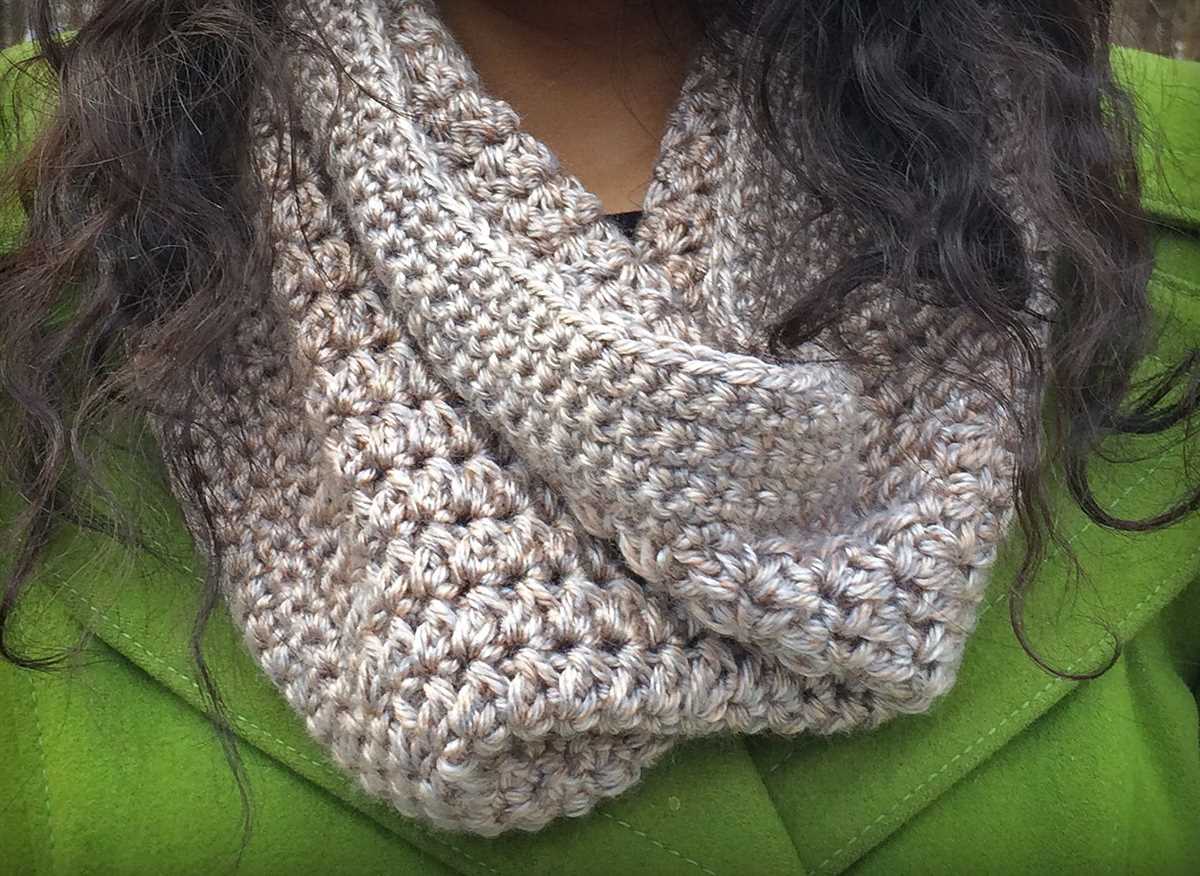
Knitting a cowl is a portable project that you can take with you wherever you go. Unlike larger projects that may require more space or a dedicated workstation, you can easily carry your knitting needles and yarn for a cowl in a small bag or purse. This allows you to make progress on your project while commuting, waiting for appointments, or enjoying some outdoor time.
4. Great for practicing new techniques
Knitting a cowl can serve as a great opportunity to practice and improve your knitting skills. You can experiment with different stitch patterns, textures, and techniques, such as cables or colorwork, to add interest and complexity to your cowl. This makes it an ideal project for learning and mastering new techniques without committing to a larger and more time-consuming project.
5. Personalized and thoughtful gift
A knitted cowl can make a personalized and thoughtful gift for a loved one. You can choose the color, yarn, and pattern that best suits the recipient’s style and preferences, making it a unique and one-of-a-kind gift. Handmade gifts are often cherished as they show the time, effort, and care that went into creating them.
Overall, knitting a cowl can be a rewarding and enjoyable experience, offering various benefits such as quick and easy knitting, versatility, portability, skill development, and the ability to create personalized gifts. So grab your needles and yarn, and start knitting your own beautiful cowl today!
Choosing the right yarn for your cowl
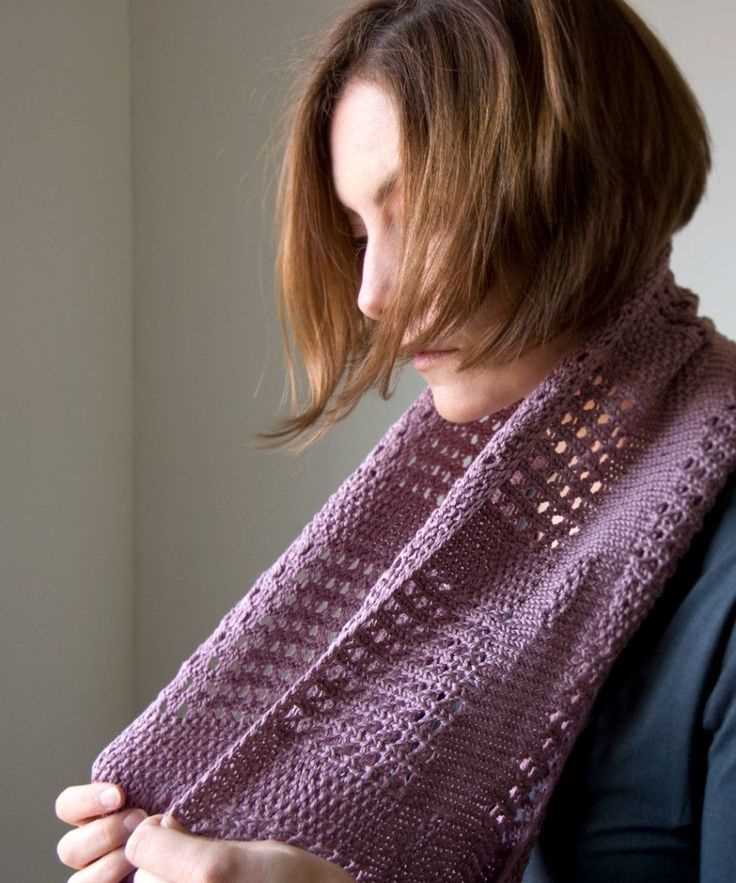
When it comes to knitting a cowl, one of the most important things to consider is the yarn that you will be using. The yarn you choose will not only determine the look and feel of your finished cowl, but also how comfortable and warm it is to wear. Here are some factors to keep in mind when selecting your yarn.
Fiber choice
The type of fiber you choose for your cowl can make a big difference in its overall appearance and functionality. There are many options available, each with its own unique characteristics. For a cozy and warm cowl, wool is an excellent choice. It is naturally insulating and has good moisture-wicking properties. If you prefer something softer and more lightweight, you might consider a blend of wool and silk. Alternatively, if you have sensitive skin or allergies, you might opt for a hypoallergenic fiber such as cotton or bamboo.
Weight and thickness
The weight and thickness of the yarn will determine how chunky or delicate your cowl will look. If you want a bulky and cozy cowl, you should go for a thicker yarn, such as a chunky or super chunky weight. On the other hand, if you prefer a more lightweight and drapey cowl, you should choose a finer yarn, such as a sport or fingering weight. Consider the overall style and purpose of your cowl when deciding on the weight and thickness of the yarn.
Color and texture
The color and texture of the yarn can greatly influence the aesthetic appeal of your cowl. Solid colors are versatile and can go well with any outfit, while variegated or self-striping yarns can add visual interest and dimension to your cowl. Additionally, the texture of the yarn, such as smooth and sleek or fluffy and textured, can create different effects. Consider your personal style and the desired look of your cowl when choosing the color and texture of the yarn.
Availability and price
Lastly, consider the availability and price of the yarn. Some yarns may be more readily available in your local yarn store, while others may only be found online. Additionally, different yarns can vary in price, so it’s important to consider your budget when making a selection. Keep in mind that higher-priced yarns may have superior quality and durability, but there are also many affordable options that can yield beautiful results.
Essential knitting techniques for making a cowl
If you’re looking to make a simple knitted cowl, there are a few essential knitting techniques that you’ll need to master. Whether you’re a beginner or an experienced knitter, these techniques will help you create a beautiful and cozy accessory.
1. Casting on
The first step in knitting a cowl is to cast on your stitches. There are several methods for casting on, but the long-tail cast-on is often used for cowls. This method creates a sturdy and flexible edge. To cast on, you’ll need to estimate the length of yarn needed and create a slipknot. Then, use your knitting needle to create loops of yarn around your thumb and index finger until you have the desired number of stitches.
2. Knitting
Once you’ve cast on your stitches, you’ll need to know how to knit. Knitting involves inserting the right-hand needle into the first stitch on the left-hand needle, wrapping the yarn around the right-hand needle, and pulling the loop of yarn through the stitch. Repeat this process for each stitch until you’ve reached the end of the row. Knitting creates the main fabric of your cowl.
3. Purling
Purling is another important knitting technique for making a cowl. In contrast to knitting, where the right side of the fabric is facing you, purling is done with the wrong side of the fabric facing you. To purl, insert the right-hand needle into the first stitch on the left-hand needle from right to left, wrap the yarn around the right-hand needle, and pull the loop of yarn through the stitch. Repeat this process for each stitch until you’ve finished the row.
4. Ribbing
Ribbing is a common pattern used in cowls to create a stretchy and textured fabric. Ribbing is typically done by alternating knit and purl stitches in a specific pattern, such as K1, P1 or K2, P2. This technique adds elasticity to the cowl, making it more comfortable to wear and ensuring a snug fit around the neck.
5. Binding off
Once you’ve finished knitting your cowl, you’ll need to bind off to create a neat and finished edge. To bind off, knit the first two stitches, then insert the left-hand needle into the first stitch on the right-hand needle and lift it over the second stitch and off the needle. Repeat this process for each stitch until you’ve reached the end of the row. Cut the yarn and pull it through the last stitch to secure it.
By mastering these essential knitting techniques, you’ll be well on your way to creating a beautiful knitted cowl that is both stylish and warm. Whether you choose a simple pattern or experiment with different stitches, these techniques will provide you with the foundation needed to complete your project successfully.
Step-by-step instructions for knitting a basic cowl
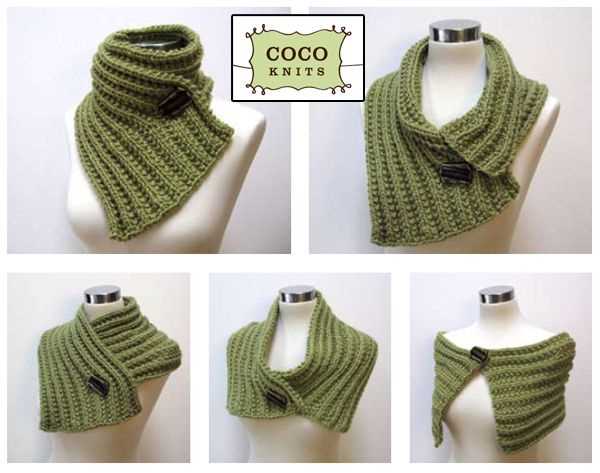
If you’re new to knitting or just looking for a simple project, a basic cowl is a great option. It’s a versatile accessory that can be made in various colors and textures to match your style. Follow these step-by-step instructions to create your own cozy cowl.
Materials:
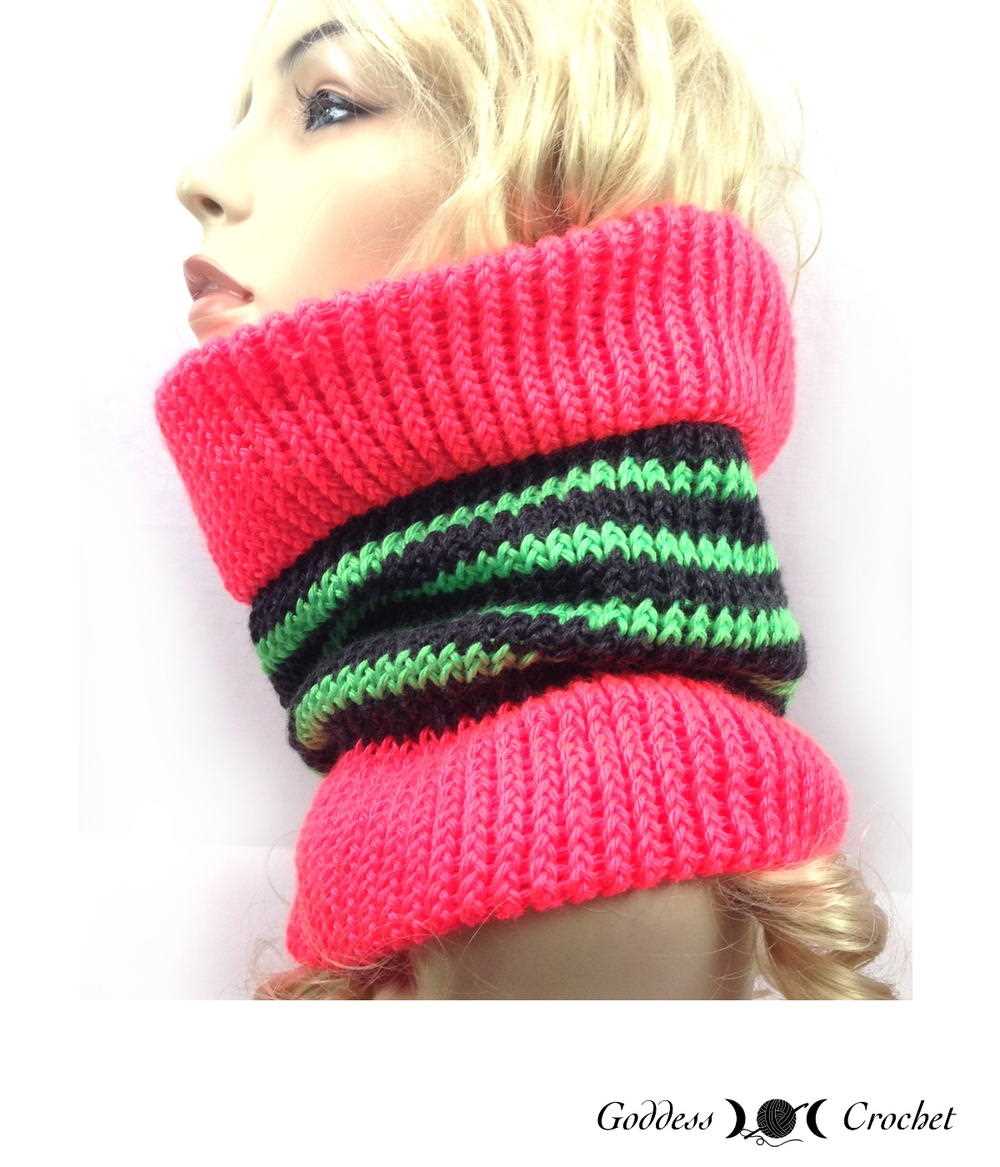
- Size 8 knitting needles
- One skein of medium-weight yarn (approximately 200 yards)
- Tapestry needle
Instructions:
- Start by casting on 100 stitches using the long tail cast-on method.
- Next, knit every stitch in the first row to create the garter stitch pattern.
- Continue knitting every stitch in each row until the cowl reaches your desired length. This can be anywhere from 12 to 20 inches, depending on how snug or loose you want it to fit around your neck.
- Once you’ve reached the desired length, bind off all stitches.
- Use the tapestry needle to weave in any loose ends of yarn, making sure to secure them tightly so they don’t unravel.
- Finally, gently block your cowl by wetting it, stretching it to the desired shape, and allowing it to dry flat. This will help give it a more finished look.
That’s it! You now have a cozy and stylish basic cowl that you can wear throughout the colder months. Experiment with different yarn textures and colors to create unique cowls for yourself or to give as gifts to friends and family.
Adding variations to your cowl
Looking to personalize your knitted cowl? There are many ways to add variations and make your cowl unique. Here are a few ideas:
1. Change the stitch pattern
Instead of sticking with the simple stockinette stitch, experiment with different stitch patterns to create interesting textures. You could try ribbing, cables, or lace stitches to add visual appeal to your cowl.
2. Use different yarn weights
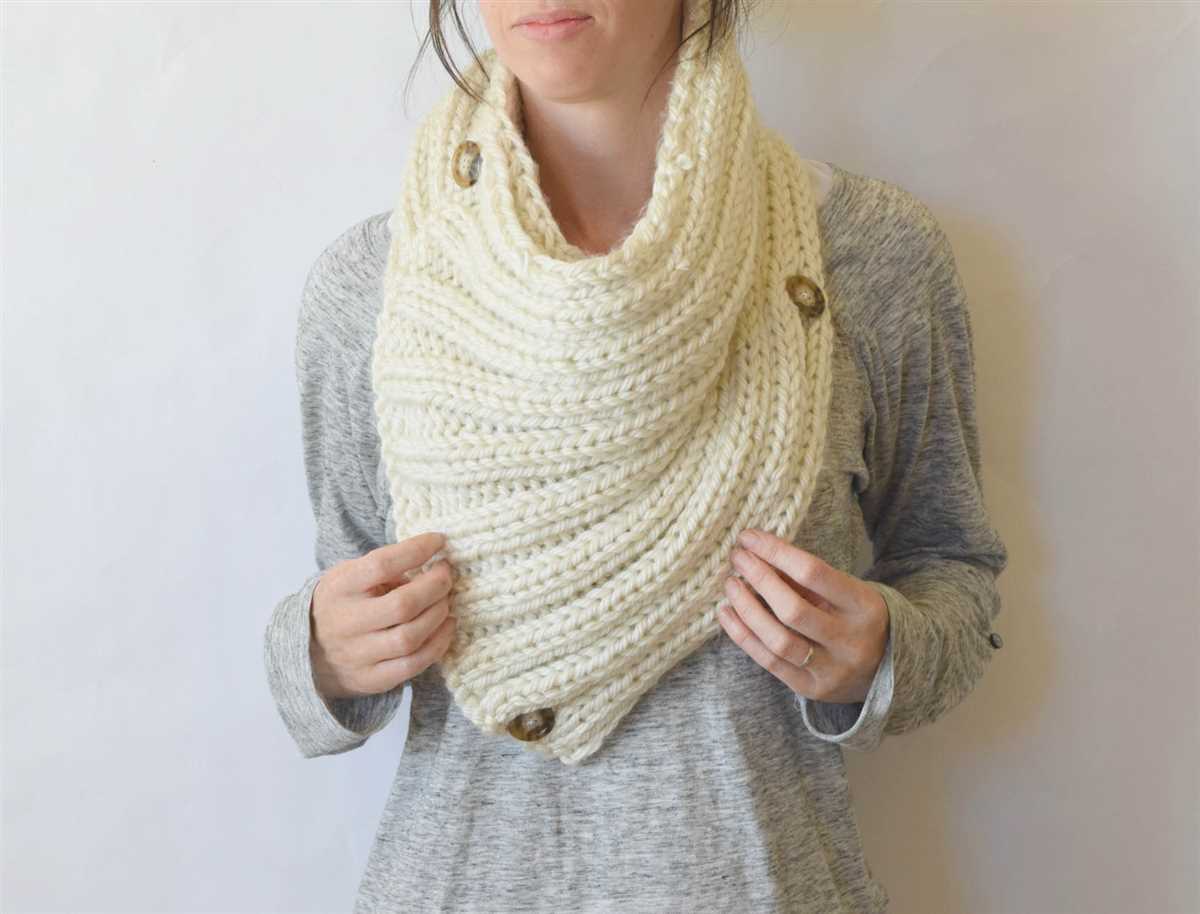
By using thicker or thinner yarns, you can change the look and feel of your cowl. For a chunky and cozy cowl, opt for bulky or super bulky yarns. If you prefer a more delicate and drapey cowl, lightweight or lace-weight yarns would work best.
3. Add colorwork
Introduce colorwork into your cowl by using multiple colors of yarn. You can create stripes, fair isle patterns, or even create a custom design by using stranded colorwork techniques. This will add visual interest and make your cowl truly one-of-a-kind.
4. Embellish your cowl
Add embellishments such as buttons, pom poms, or tassels to give your cowl a personalized touch. These small details can make a big difference and showcase your creativity.
5. Experiment with different lengths and widths
Play around with the length and width of your cowl to create different styles. A longer cowl can be worn doubled up for extra warmth or draped loosely around the neck for a more relaxed look. A wider cowl can be worn as a shoulder wrap or even a hood.
With these variations, you can create a cowl that suits your personal style and preferences. Get creative and have fun experimenting with different options!
Tips and tricks for a successful knitting project
Knitting is a wonderful craft that allows you to create beautiful and functional items with just a pair of needles and some yarn. Whether you are a beginner or an experienced knitter, here are some tips and tricks to help you have a successful knitting project.
1. Choose the right yarn and needles
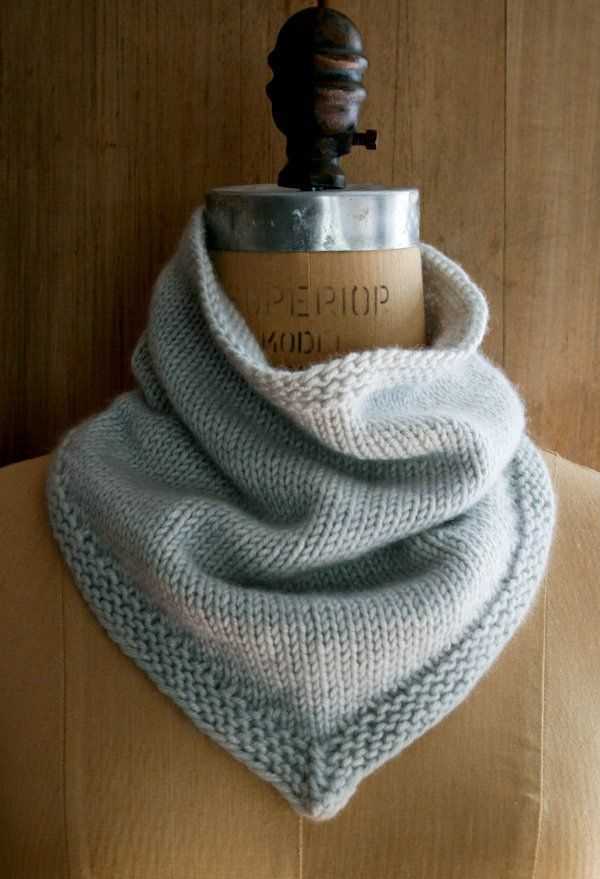
One of the most important factors in a successful knitting project is choosing the right yarn and needles. Different yarns have different weights and fiber compositions, which can affect the drape and overall look of your finished project. Make sure to take note of the recommended needle size on the yarn label and use the appropriate needles for best results.
2. Gauge swatch
Before starting your project, it’s important to knit a gauge swatch to ensure that your tension matches the pattern. This means knitting a small sample using the recommended needles and yarn, and measuring the number of stitches and rows per inch. If your gauge doesn’t match the pattern, you may need to adjust your needle size to achieve the correct tension.
3. Use stitch markers
Stitch markers are incredibly useful tools that can help you keep track of your stitches and pattern repeats. They can be used to mark the beginning of a round, indicate where to make increases or decreases, or highlight specific stitch patterns. Using stitch markers can save you from making mistakes and make your knitting experience more enjoyable.
4. Take breaks
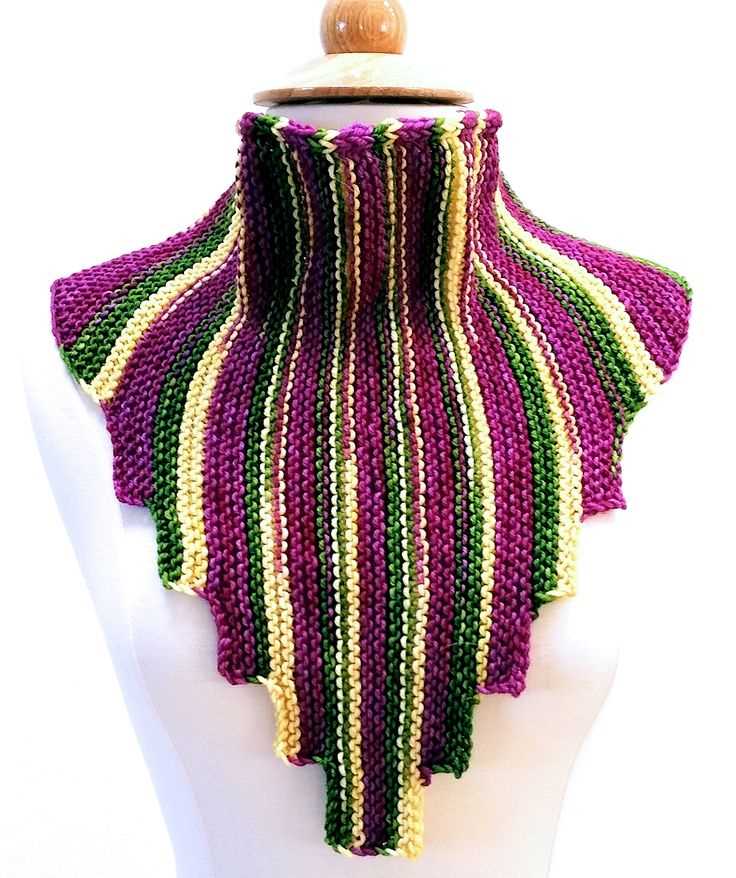
Knitting can be a time-consuming craft, and it’s important to take breaks to avoid straining your hands and wrists. Stretching your fingers and wrists, taking short walks, or doing some simple hand exercises can help prevent stiffness and fatigue. Remember to listen to your body and take breaks when needed.
5. Block your finished project
Blocking is the process of shaping and setting your finished project by wetting or steaming it. This step can greatly improve the appearance and drape of your knitted item. Follow the blocking instructions provided in your pattern or research different blocking methods for the best results.
By following these tips and tricks, you’ll be well on your way to a successful knitting project. Enjoy the process and have fun creating something beautiful!
Caring for and maintaining your knitted cowl
Knitted cowls are a cozy and stylish accessory that can be worn throughout the year. To keep your knitted cowl looking its best and lasting for years to come, here are some tips on caring for and maintaining your cowl:
1. Hand wash with care
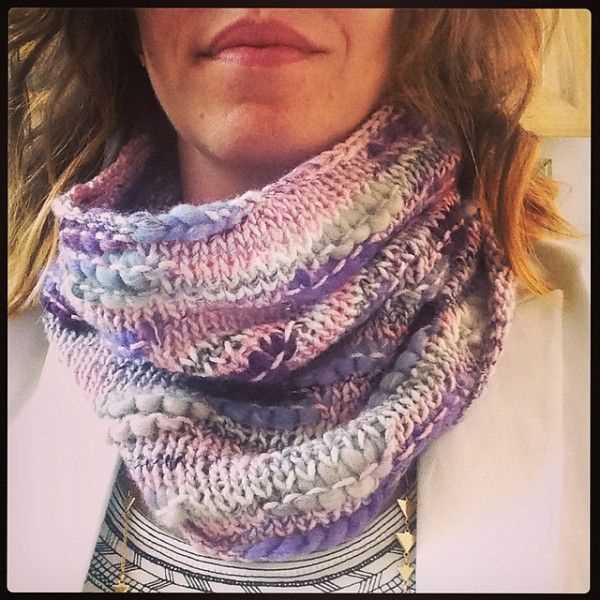
To preserve the shape and texture of your knitted cowl, it is best to hand wash it using a gentle detergent. Fill a basin or sink with lukewarm water and add a small amount of mild detergent specifically designed for delicate fabrics. Gently agitate the cowl in the water, avoiding any harsh rubbing or twisting that could cause damage. Rinse thoroughly to remove all soap residue.
2. Dry flat
After washing, gently squeeze out excess water from the cowl without wringing or twisting it. Lay it flat on a clean towel or blocking mat, shaping it to its original size and dimensions. Avoid hanging or draping the cowl while it is wet, as this can cause stretching or distortion of the fabric. Allow it to air dry completely before wearing or storing.
3. Store properly
When not in use, store your knitted cowl in a cool, dry place. Avoid hanging it on hooks or hangers, as this can cause stretching or misshaping. Instead, fold it neatly and place it in a drawer or on a shelf where it will be protected from dust and sunlight. If you choose to store it in a bag, ensure that the bag is breathable to prevent any moisture buildup.
4. Spot clean as needed
If you notice any small stains or spills on your cowl, it is best to spot clean them immediately to prevent them from setting in. Use a mild detergent or a dedicated spot cleaner for delicate fabrics, and gently dab the stain with a clean cloth or sponge. Avoid rubbing the stain vigorously, as this can cause damage to the fibers. Rinse thoroughly and allow the area to air dry.
Following these simple care instructions will help to ensure that your knitted cowl stays in great condition and continues to be a beloved accessory in your wardrobe. With the right care, you can enjoy your knitted cowl for many seasons to come!
Other Free Knitted Cowl Patterns to Try
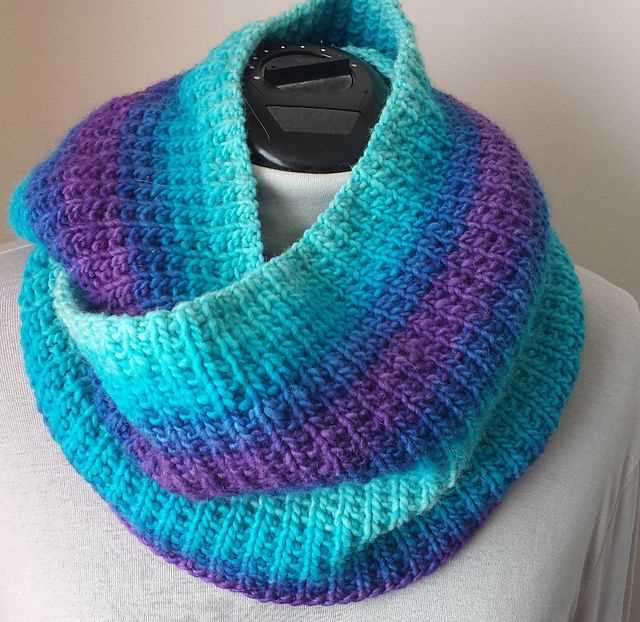
If you enjoyed knitting the simple cowl pattern, here are a few more free knitted cowl patterns for you to try. These patterns are perfect for both beginner and experienced knitters, and they offer a variety of styles and textures to keep you entertained.
1. Lace Cowl Pattern
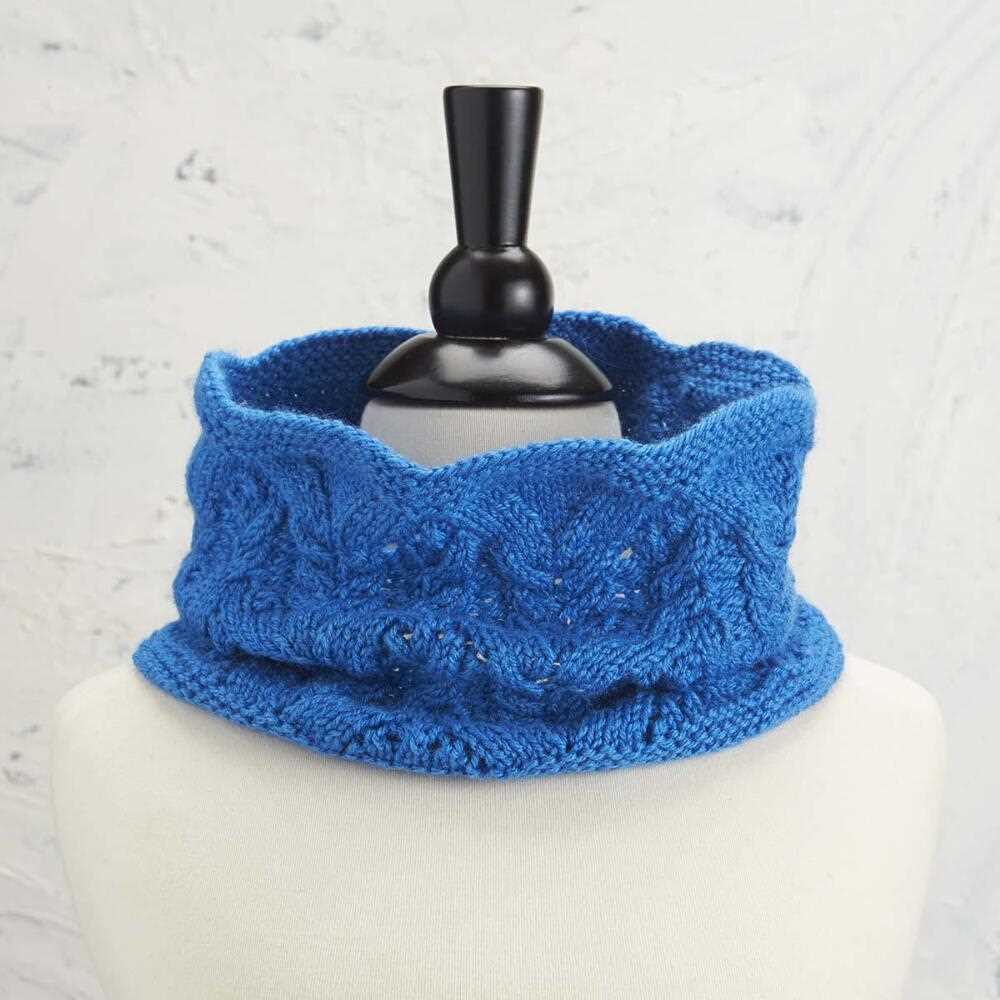
If you’re a fan of delicate and feminine designs, this lace cowl pattern is perfect for you. The intricate lace pattern adds an elegant touch to any outfit, and the cowl is lightweight enough to be worn year-round. Knit this cowl in a soft and luxurious yarn for a truly luxurious feel.
2. Cable Cowl Pattern
If you love working with cables, this cable cowl pattern is a must-try. The combination of twisted stitches creates a beautiful, textured design that is both cozy and stylish. Make this cowl in a chunky yarn for extra warmth and snuggliness.
3. Colorwork Cowl Pattern
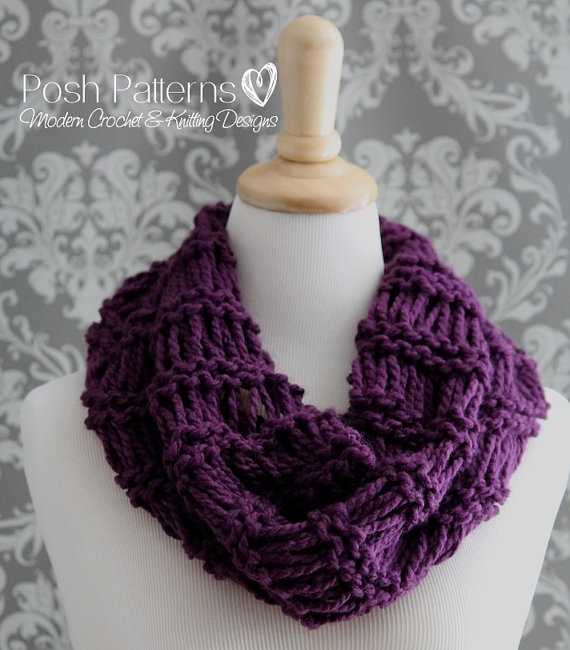
If you’re feeling adventurous, why not try a colorwork cowl pattern? This pattern allows you to play with different colors and create a stunning design. Whether you prefer geometric patterns or more abstract motifs, the possibilities are endless with colorwork knitting.
- 4. Seed Stitch Cowl Pattern
- 5. Ribbed Cowl Pattern
- 6. Fair Isle Cowl Pattern
These are just a few ideas to get you started, but there are countless free knitted cowl patterns available online. Whether you’re looking for something simple and quick or a more challenging project, there’s bound to be a pattern that suits your taste and skill level. So grab your knitting needles and explore the world of knitted cowls!
Wrap up
Knitting a cowl is a simple and enjoyable project that can be completed in just a few hours. Whether you’re a beginner or an experienced knitter, this pattern is perfect for creating a cozy accessory or a thoughtful gift. With its versatile design, this cowl can be worn in various ways to keep you warm and stylish during the colder months.
In this article, we have provided a step-by-step guide and a free knitting pattern for a simple knitted cowl. We have covered the materials needed, the basic stitches, and the instructions to make the cowl. We have also given some tips and variations to add your personal touch to the project.
Remember to choose a soft and warm yarn that matches your style and preferences. Experiment with different colors and textures to create unique and eye-catching cowls. Don’t be afraid to modify the pattern or add your own design elements to make it truly yours.
So, grab your knitting needles and start creating your own cozy cowl today! Whether you’re knitting for yourself or for a loved one, this project is sure to bring warmth and comfort during the chilly months ahead.